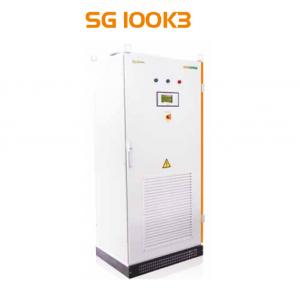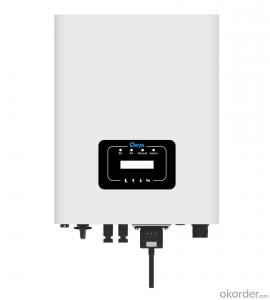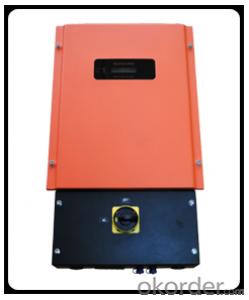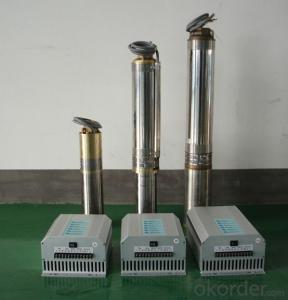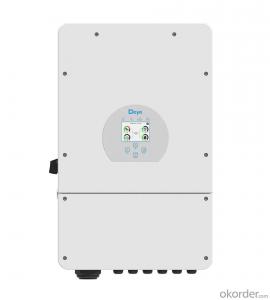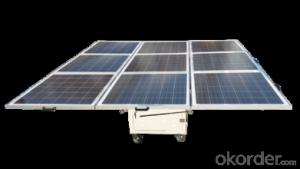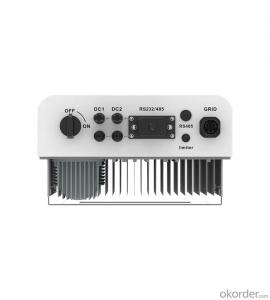12v Mppt Solar Inverter
12v Mppt Solar Inverter Related Searches
Mppt Solar Inverter 12 Volt Mppt Solar Inverter Mppt Solar Power Inverter Mpp Solar Inverter 12v Mppt Inverter Solar 24v Mppt Solar Inverter 24 Volt Mppt Solar Inverter Mppt Solar Inverter 24v Mppt Based Solar Inverter Mppt Inverter For Solar System Microtek Mppt Solar Inverter Mppt Solar Pump Inverter 2kw Mppt Solar Inverter Mppt Solar Inverter 48v 12v Solar Power Inverter 12v Solar Inverter Mppt Solar Hybrid Inverter 2kva Mppt Solar Inverter Mppt Hybrid Solar Inverter Mppt Solar Inverter Charger China Mppt Solar Inverter Best Mppt Solar Inverter 1kw Mppt Solar Inverter Mppt Solar Inverter Price 12 Volt Solar Inverter Dual Mppt Solar Inverter 3 Mppt Solar Inverter 12v Solar Panel Inverter 5kva Mppt Solar Inverter Solar Power Inverter 12v12v Mppt Solar Inverter Supplier & Manufacturer from China
12V MPPT Solar Inverter is a high-efficiency device designed to convert solar energy into usable electrical power for various applications. This product is equipped with Maximum Power Point Tracking (MPPT) technology, which optimizes the energy conversion process and ensures maximum power output from solar panels, even under varying sunlight conditions.The 12V MPPT Solar Inverter finds its application in a wide range of scenarios, such as off-grid solar power systems, RVs, boats, and remote homes. It is particularly useful in situations where a reliable and efficient power supply is needed, and the availability of sunlight is the primary energy source. By harnessing the power of the sun, users can reduce their reliance on traditional energy sources and enjoy the benefits of clean, renewable energy.
Okorder.com is a leading wholesale supplier of 12V MPPT Solar Inverters, offering a vast inventory of high-quality products at competitive prices. With a commitment to customer satisfaction, Okorder.com ensures that customers receive reliable and efficient solar inverters to meet their energy needs. By partnering with Okorder.com, customers can access a wide range of 12V MPPT Solar Inverters, making it easier to find the perfect solution for their specific requirements.
Hot Products





